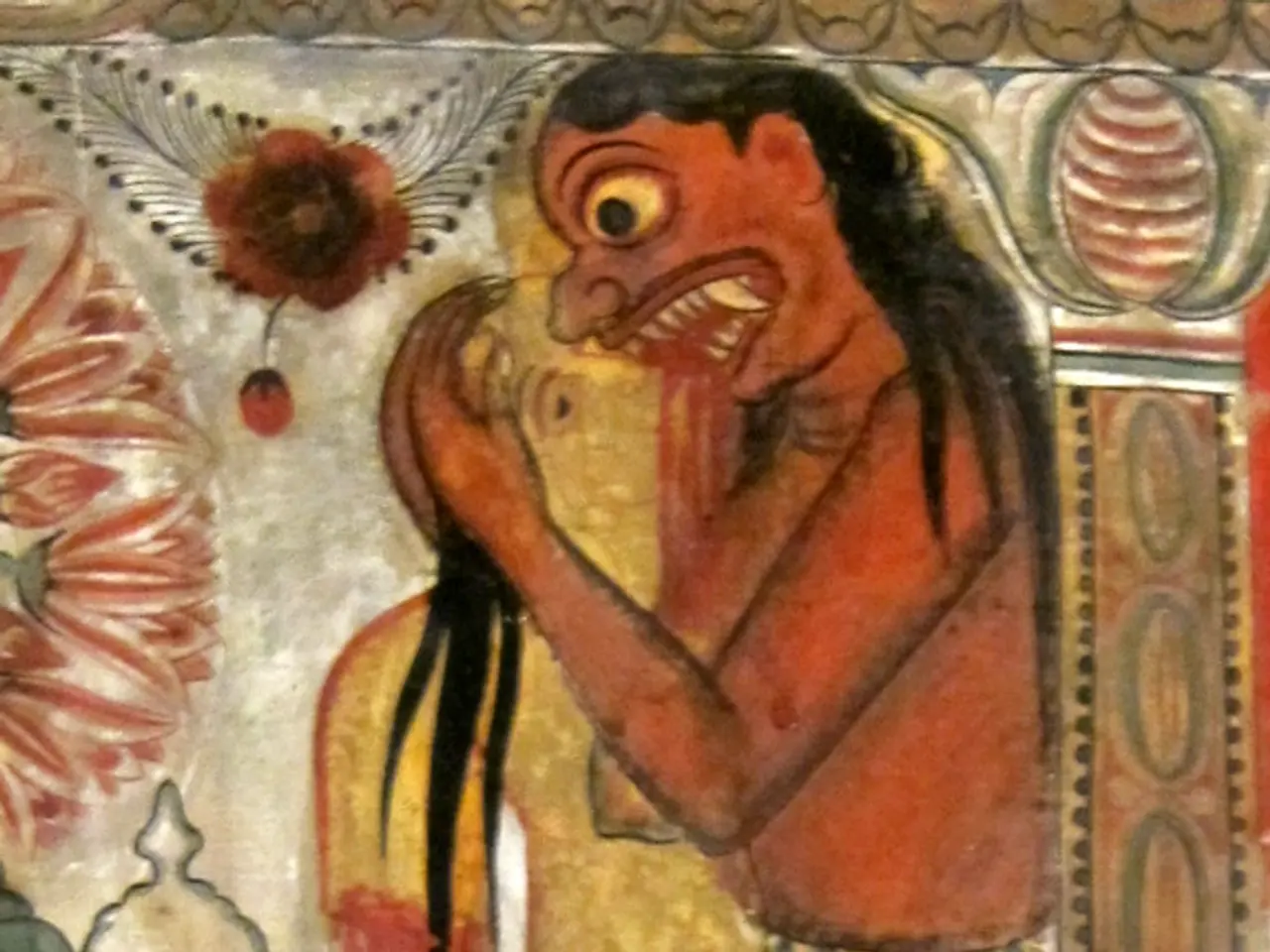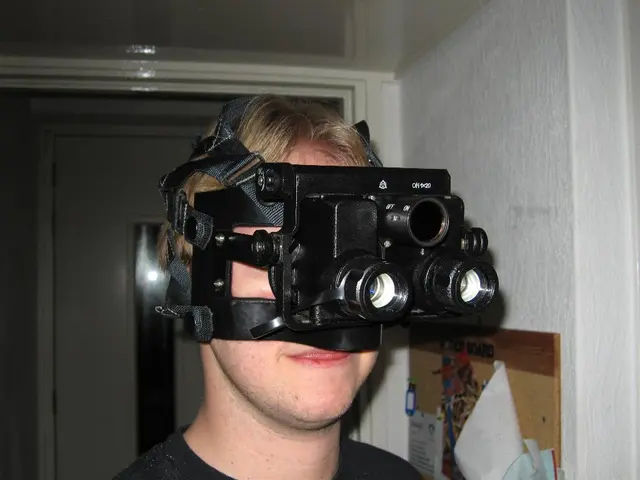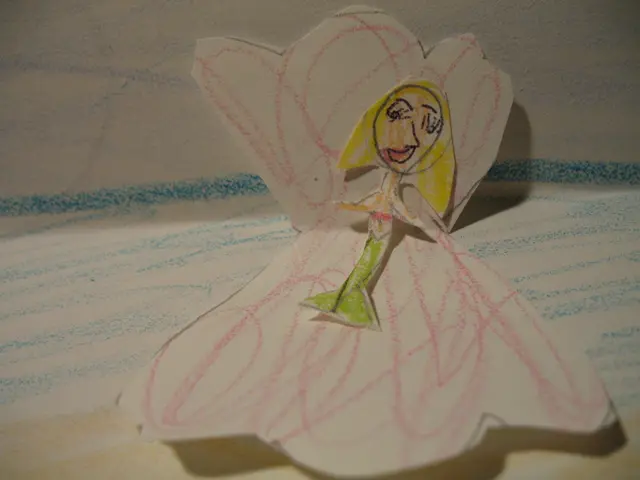Visionary Artist Vasarely Paves the Way for Optical Art
Victor Vasarely, born in Hungary in 1906, left an indelible mark on art history with his visionary approach to the use of geometric shapes and colors. His work has had a profound and lasting impact on contemporary design, particularly through his pioneering contributions to optical art (Op art).
In 1947, Vasarely had a revelation about abstract art and began to create his first geometric works. This marked the start of a journey that would revolutionize the world of art and design. He studied at the Muhely Academy and Beaux-Arts, where he was influenced by the Bauhaus, constructivism, and surrealism movements. His artistic education refined his graphic design skills and deepened his mastery of trompe-l'œil.
Vasarely's work foreshadowed the digital age, particularly in the design of modern interfaces. His explorations resonate strongly with modern interface design and early computer graphics, as seen in the video game Tetris, launched in 1984. The visual language Vasarely developed mirrors the block-based designs seen in Tetris.
Vasarely's signature style of manipulating geometric patterns and color to create illusions of movement and depth is directly seen in modern graphic design and visual media. His work encouraged designers to explore visual perception and dynamic interactions, influencing how contemporary visuals can engage viewers.
Beyond art galleries, Vasarely’s work has permeated architecture and multimedia art, encouraging multi-dimensional and polychromatic visual language that bridges traditional art and technological progress. The interior of the BundesBank (German Central Bank) headquarters in Frankfurt was decorated by Vasarely in 1972. Parisians are aware that the frescoes at Montparnasse station are due to the father of optical art.
Vasarely's optical art has been a recurring inspiration in fashion. For instance, the 2022 spring/summer collection at Paco Rabanne was explicitly inspired by Vasarely’s style, showcasing how his visual language translates compellingly to wearable art.
The Op Art movement expanded globally in the 1960s. The term "Op Art" appeared between the 1950s and 1960s and refers to a pictorial art form that exploits the characteristics of the eye and optical illusions to create a sensation of movement or luminous vibration. Vasarely's works, such as his famous silkscreen prints, were at the forefront of this movement, giving rise to a completely new genre.
The Centre Georges Pompidou in Paris and the Vasarely Foundation in Aix-en-Provence are museums where many of Vasarely's works are on display. The Vasarely Foundation in Aix-en-Provence has been classified as a Historic Monument since 2013 and has 44 monumental works by Vasarely incorporated into its structure. It is a must-see if you are staying in Aix-en-Provence and want to learn more about this genius of optics.
The Foundation offers a total immersion into the world of Op Art. Vasarely developed a plastic alphabet in the early 1960s, consisting of 30 basic geometric shapes and 30 colors, as a tool for creating and organizing his works according to the principles of Op Art. This system is a testament to Vasarely's meticulous approach to his craft.
Explore Victor Vasarely's world through books, museums, and exhibitions celebrating his life and work. Together with his son Yvaral, Vasarely designed the logo for the Renault car brand in 1972, showcasing the versatility of his artistic talents. His works could be seen on the streets, in museums, in offices, and even in homes during the 1960s and 1970s, making him a household name.
The exhibition "The Responsive Eye" at MoMA in 1965 highlighted Vasarely's works alongside those of Bridget Riley and Jesús-Rafael Soto, solidifying his place in the annals of art history. Vasarely's works, such as Vega and Ispahan, are key examples of the Op Art movement.
In conclusion, Vasarely’s legacy lives on as a foundation for contemporary design practices that emphasize perception, optical engagement, and the blending of art and technology. His approach opened new paths for designers to embrace abstraction and visual experimentation in various media. His influence can still be felt today, making him a timeless figure in the world of art and design.
[1] "Vasarely." Tate. https://www.tate.org.uk/art/artists/vasarely-victor-1906-1997
[2] "Victor Vasarely." The Art Story. https://www.theartstory.org/artist-vasarely-victor.htm
[3] "Vasarely." The Metropolitan Museum of Art. https://www.metmuseum.org/toah/hd/vasa/hd_vasa.htm
[4] "Victor Vasarely." The Museum of Modern Art. https://www.moma.org/artists/5091
[5] "Vasarely." The National Gallery. https://www.nationalgallery.org.uk/art/artist/vasarely-victor-1906-1997
- Victor Vasarely's work, with its focus on geometric shapes and colors, has significantly influenced education-and-self-development, inspiring designers to explore visual perception and dynamic interactions in fields like technology, general-news, and entertainment.
- The intersection of art and technology is often highlighted in Vasarely's work, especially in his designs that foreshadow the visual language of modern interfaces and early computer graphics, as seen in video games like Tetris.
- Beyond traditional art forms, Vasarely's work has permeated lifestyle areas such as fashion, with his signature style influencing designers, as evident in the Paco Rabanne's 2022 spring/summer collection.




